Accessory fruits, pseudocarps, or false fruits are fruits in which the edible or fleshy part is not formed only from the ovary but also from other flower parts, such as the receptacle, floral tube, or bracts. These non-ovarian tissues join with or surround the ovary, contributing to fruit development and structure.
Examples of Accessory Fruits
One of the best-known examples of accessory fruits is the pome. In pomes, the fleshy portion develops mainly from the floral receptacle that surrounds the ovary. So, when thinking of accessory fruits, pome fruits are the classic example—and we’ve listed the most common ones below.
Another group that qualifies as accessory fruits are certain aggregate fruits, where multiple ovaries from a single flower develop together, with additional floral tissues contributing to the edible part. Likewise, some multiple fruits are accessory, formed when clusters of flowers fuse during fruiting, with non-ovarian tissues also becoming part of the structure.
I. Pomes
Below are some of the most common pomes that qualify as accessory fruits. If you’d like to learn more about why each fruit falls into this category, check out this dedicated post.
1. Apples 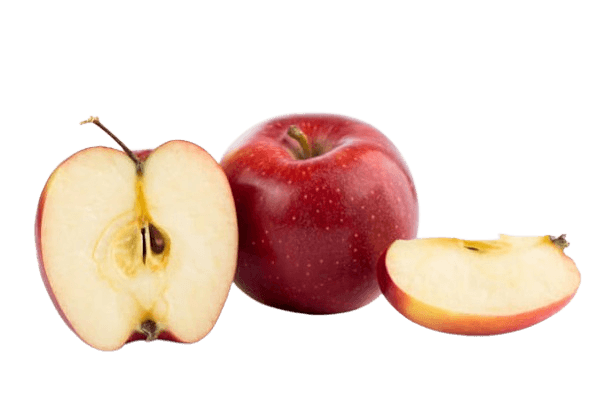 |
2. Pears 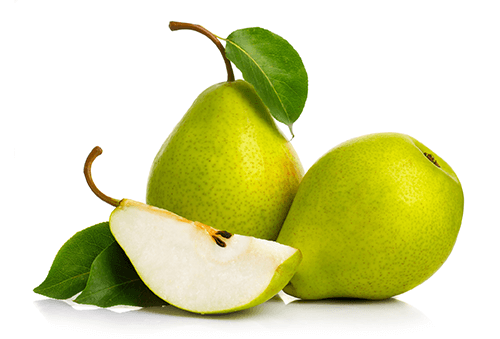 |
3. Quinces 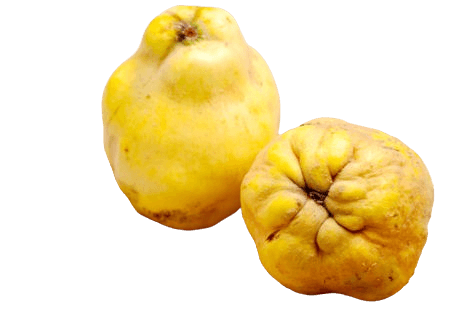 |
4. Medlar 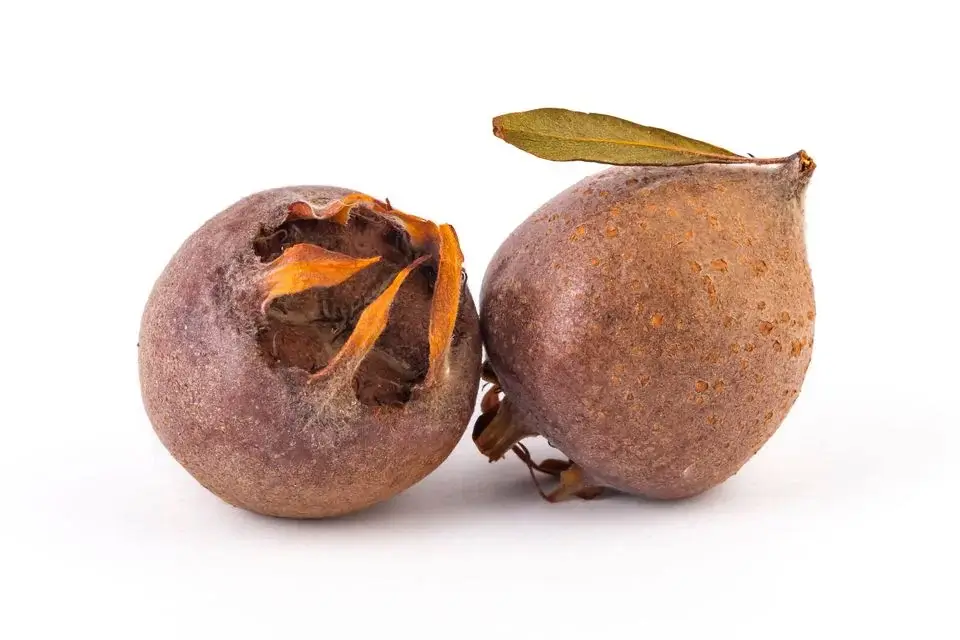 |
5. Rowan 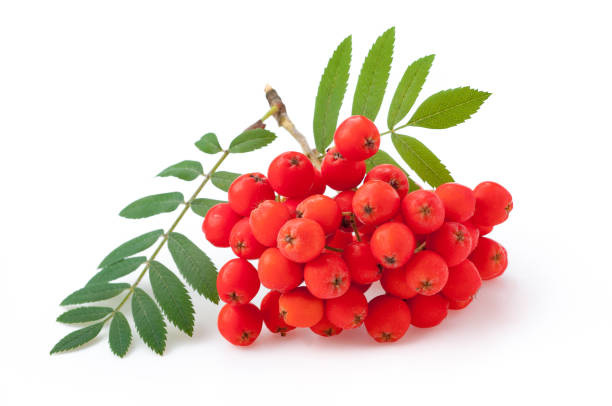 |
6. Asian Pear (Nashi) 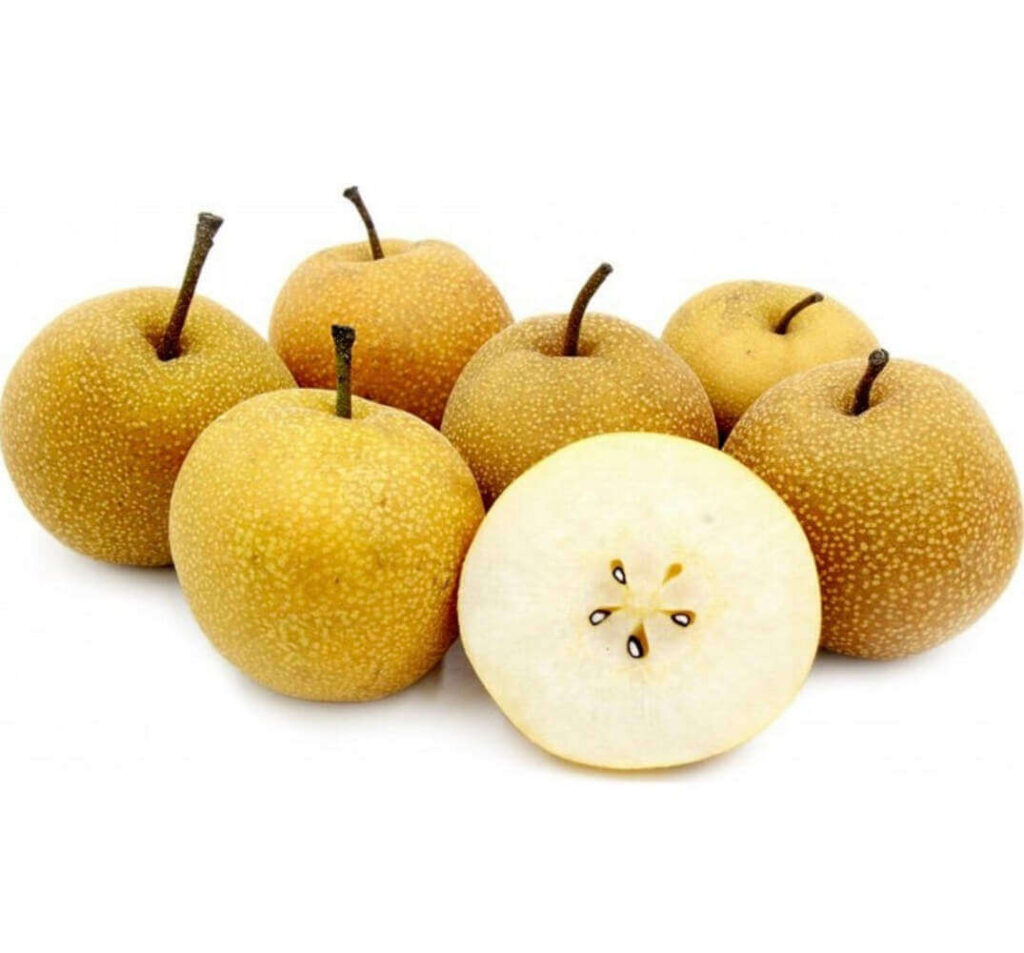 |
7. Crab Apple 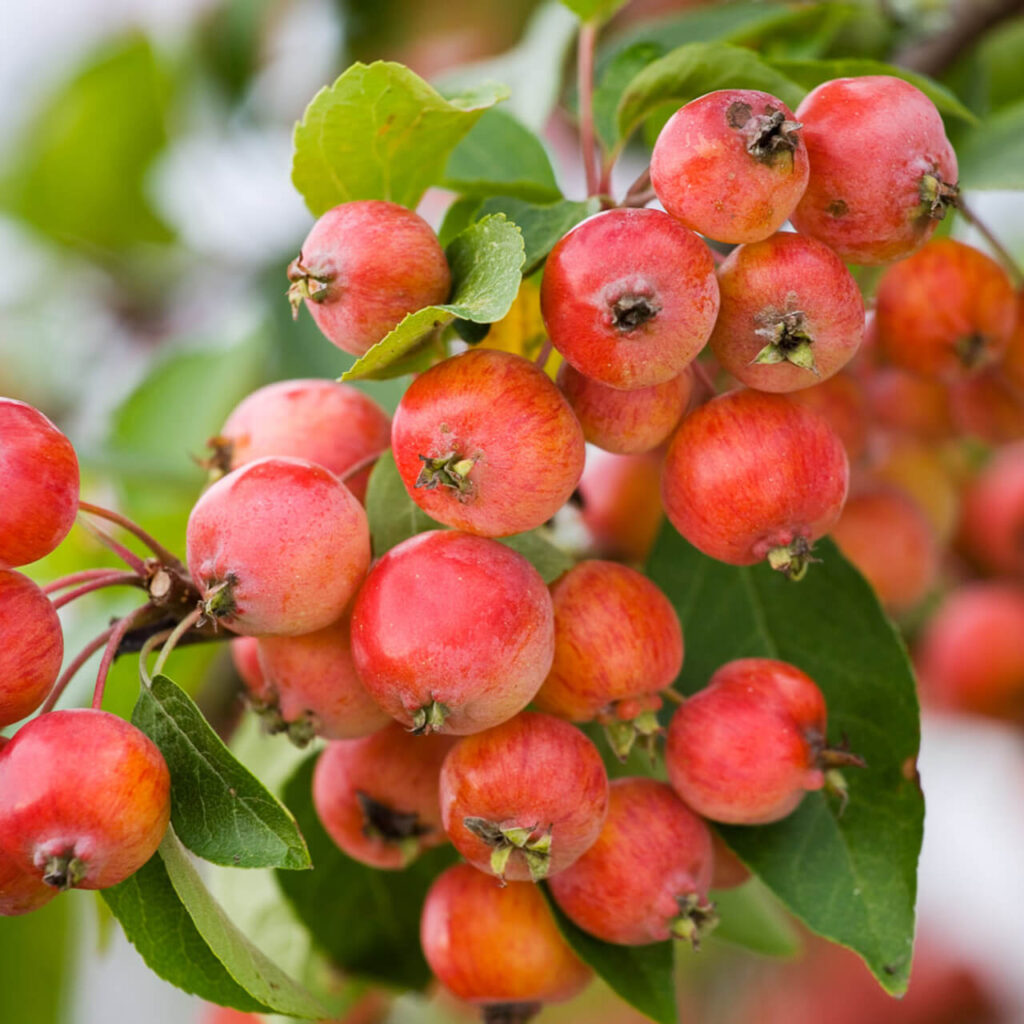 |
8. Hawthorns  |
9. Juneberry (Serviceberry) 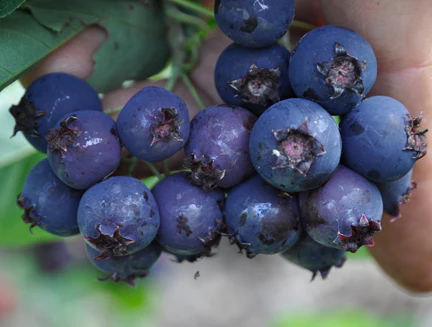 |
10. Aronia (Chokeberry) 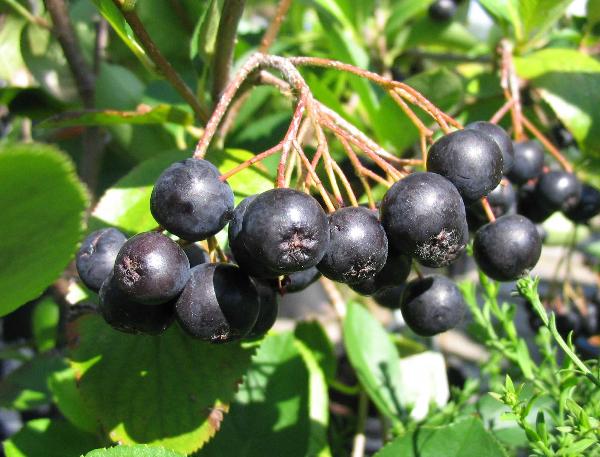 |
11. Pyracantha (Firethorn)  |
12. Mayhaw  |
13. Governor’s Plum 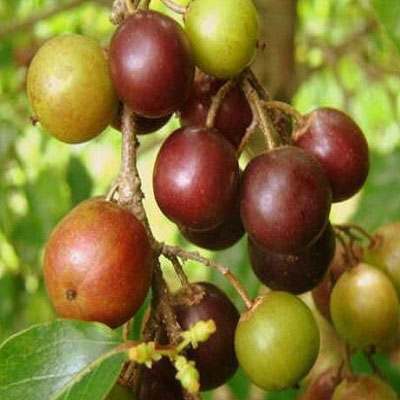 |
14. Cotoneaster 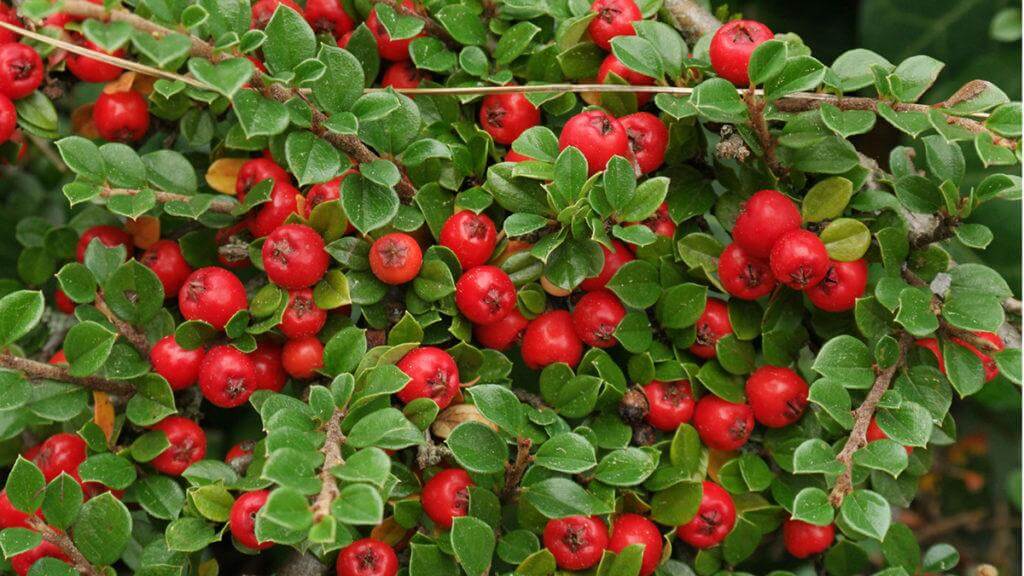 |
15. Shipova 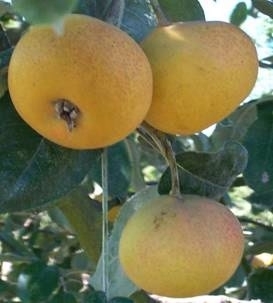 |
16. Toyon (Christmas Berry) 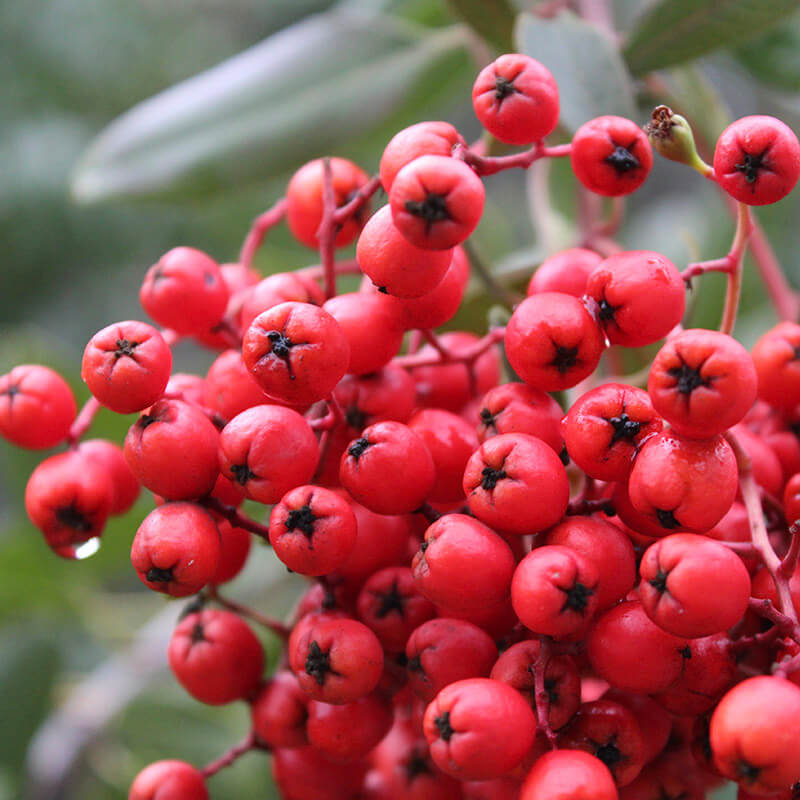 |
17. Whitebeam 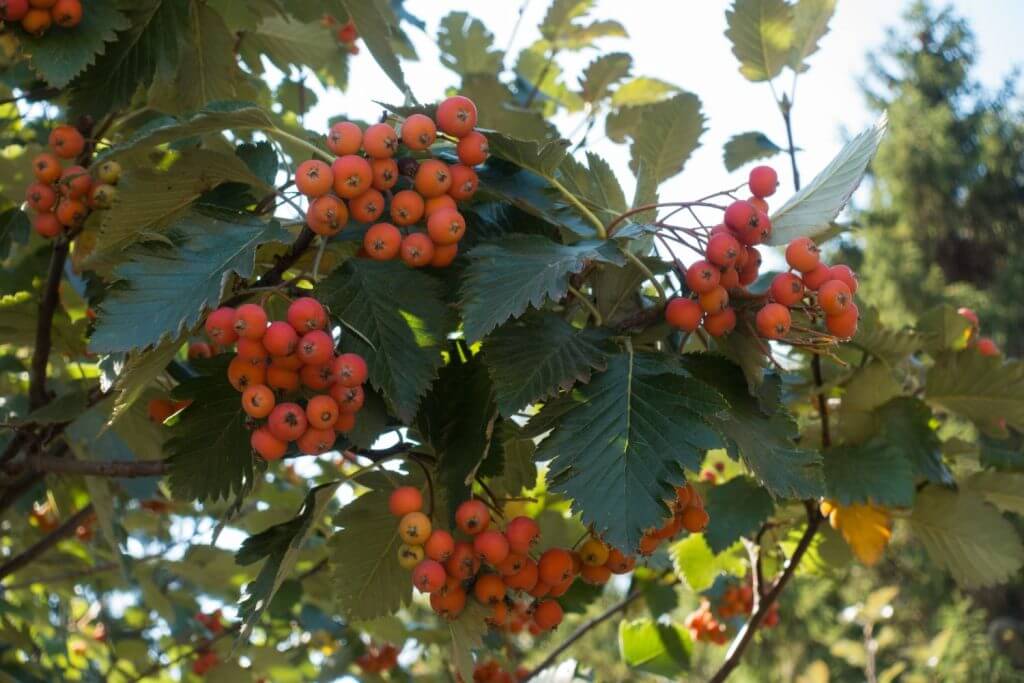 |
18. Khirni 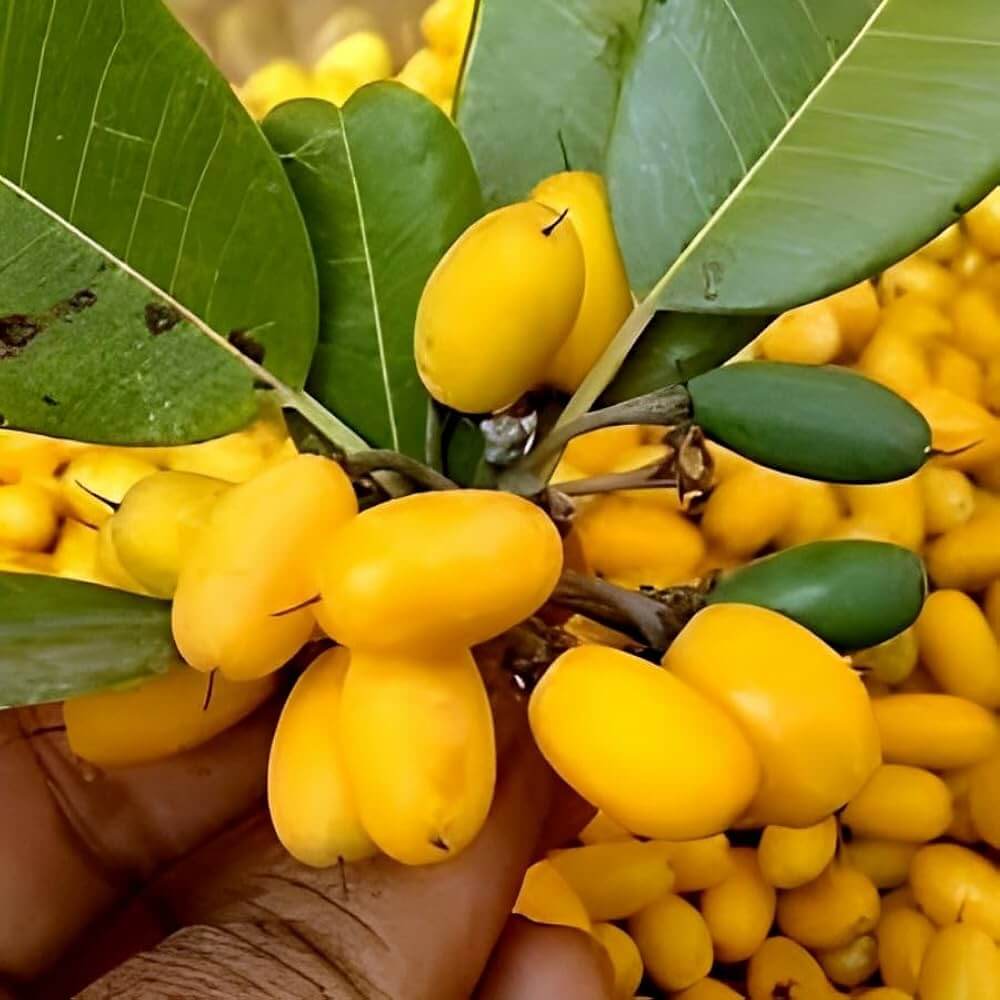 |
II. Other Examples of Accessory Fruits
19. Strawberries
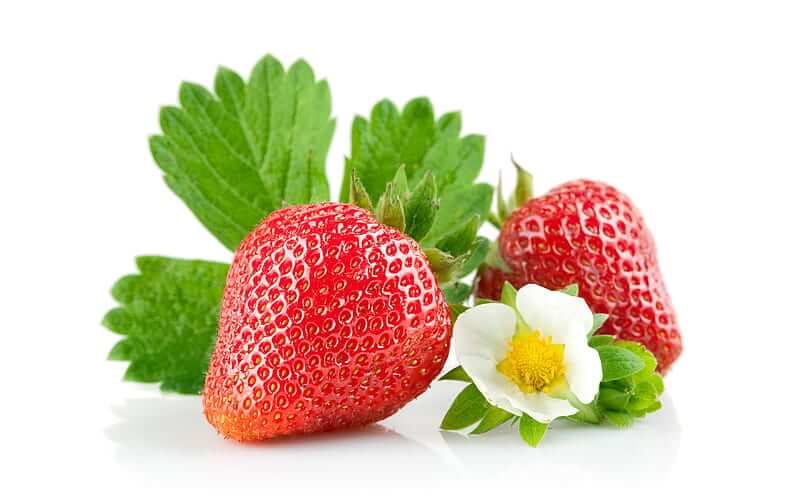
Strawberries, members of the rose family, are among the most popular fruits worldwide. Their sweet flavor, bright red flesh, and pleasant aroma make them a favorite for eating fresh or in foods like jams, desserts, and chocolates. Though called berries, their fleshy parts develop from the flower’s receptacles, making them accessory fruits. The true fruits are the tiny achenes—the small “seeds” dotting its surface.
20. Figs

Figs are formed from hollow, fleshy receptacles enclosing many tiny flowers. The edible part of a fig isn’t just the ovary—it also includes tissue from the receptacle. Inside, each small crunchy bit is a true fruit. This hidden garden of flowers explains why figs are often called “fruit within a fruit.”
21. Mulberries
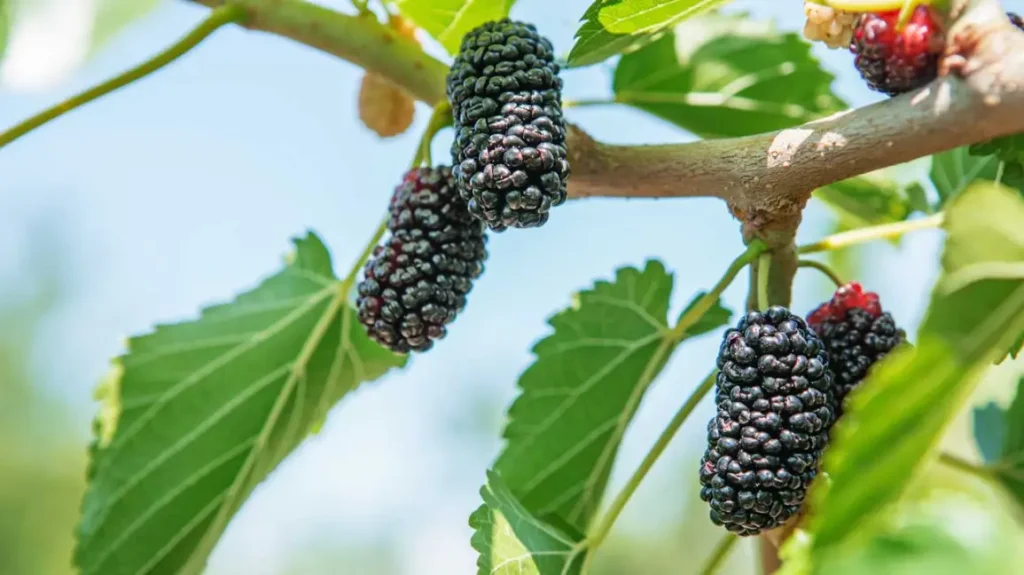
Mulberries develop from multiple flowers growing close together, with the fleshy parts of each flower merging. This makes them both a multiple fruit and an accessory fruit, since non-ovarian tissues help create the soft edible mass. Their clustered structure is why they resemble tiny bunches of berries, though botanically they’re far more complex.
22. Rose Hip
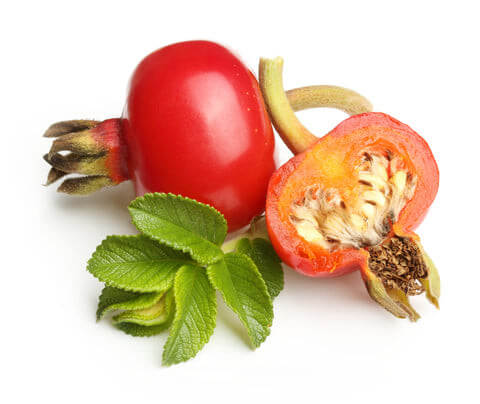
The rose hip forms when the floral receptacle swells and surrounds the true fruits inside. The dry, seed-like achenes are enclosed within the fleshy outer layer. This makes rose hips accessory fruits, with much of what we eat not coming from the ovary itself. Rose hips are famously high in vitamin C, and are often used for teas and syrups.
23. Pineapples
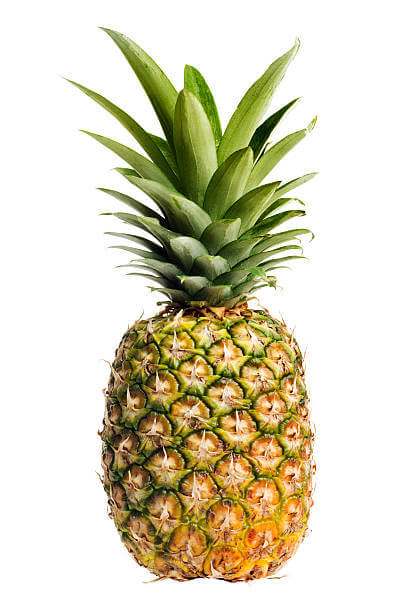
Pineapples are other striking examples of accessory fruits formed from many flowers in a cluster. As the flowers fuse together, their ovaries, receptacles, and surrounding bracts combine into the spiny, juicy fruit we recognize.
24. Cashew Apple
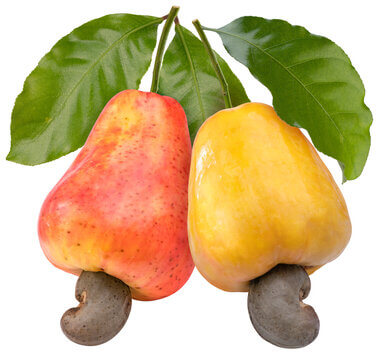
The cashew apple is a swollen receptacle, making it an accessory fruit. The true fruit is the cashew nut attached at the end. Unlike most fruits, the main edible part doesn’t come from the ovary at all.
25. Eastern Teaberry / American Wintergreen
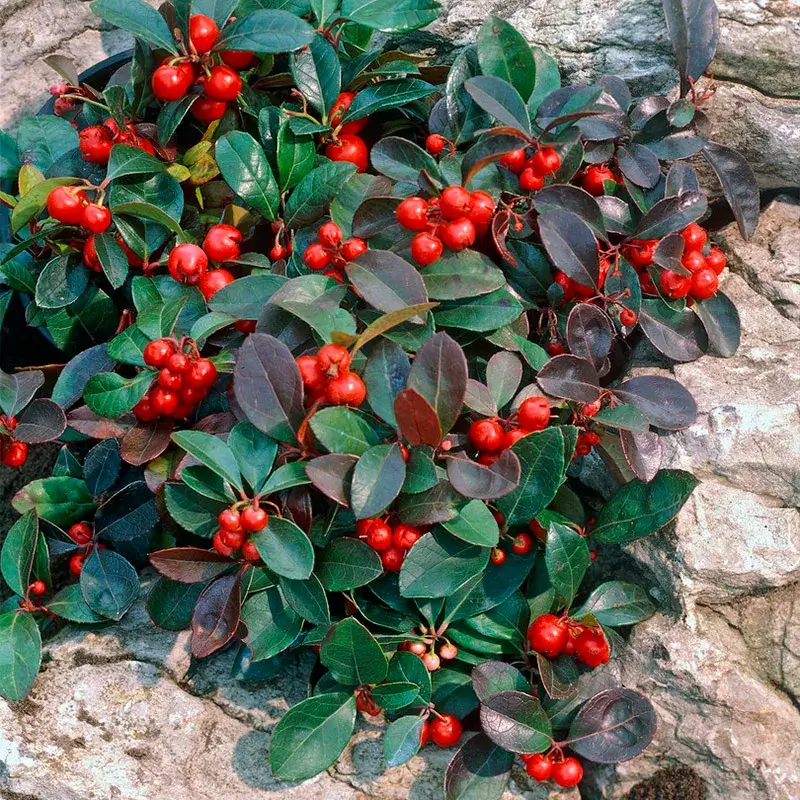
In teaberry, the floral receptacle enlarges and encloses the true fruit, turning into the red berry-like structure. This makes it an accessory fruit, with the ovary hidden inside. Its refreshing mint-like flavor is the reason it’s used in candies, teas, and chewing gums, giving it both botanical and cultural interest.
26. Elephant Apple (Dillenia indica)
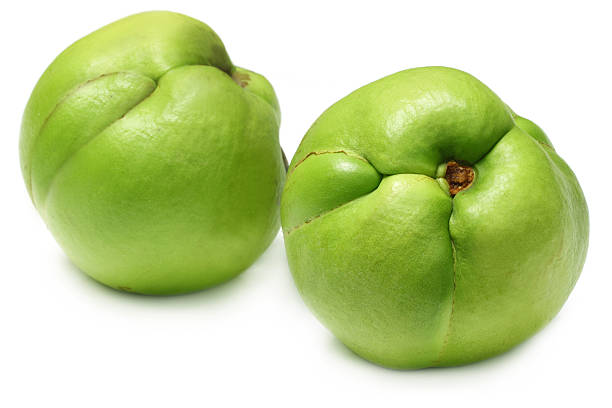
The elephant apple is unusual because its large fleshy fruit develops partly from the sepals along with the ovary. These extra floral parts contribute to the thick, edible pulp, qualifying it as an accessory fruit. In South and Southeast Asia, it’s often cooked into curries and chutneys due to its sour taste.
27. Prickly Pear
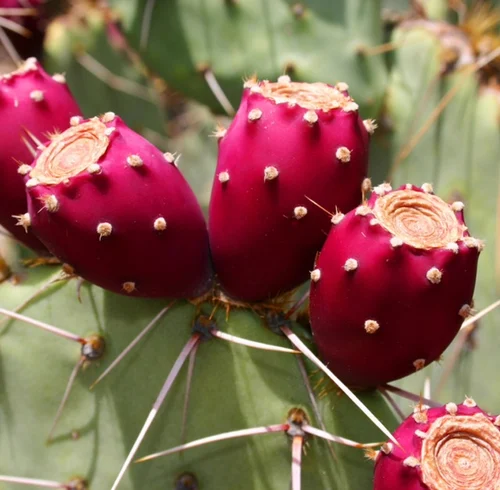
The prickly pear cactus produces fruits where tissues beyond the ovary, including the floral receptacle, contribute to the edible portion. This makes it an accessory fruit. Its sweet, vibrant flesh contrasts with the spiny pads it grows from. The tiny seeds inside are the true fruits, while the surrounding pulp is partly accessory tissue.
Discover Other Fruit Category Examples:
- Examples of Dehiscent Fruits
- Examples of Schizocarp Fruits
- Examples of Sorosis Fruits
- Examples of Follicle Fruits
- Examples of Drupe Fruits
- Examples of Stone Fruits
- Examples of Pome Fruits
- Examples of Capsule Fruits
- Examples of Multiple Fruits
- Examples of Aggregate Fruits
- Examples of Achene Fruits
- Examples of Fleshy Fruits
